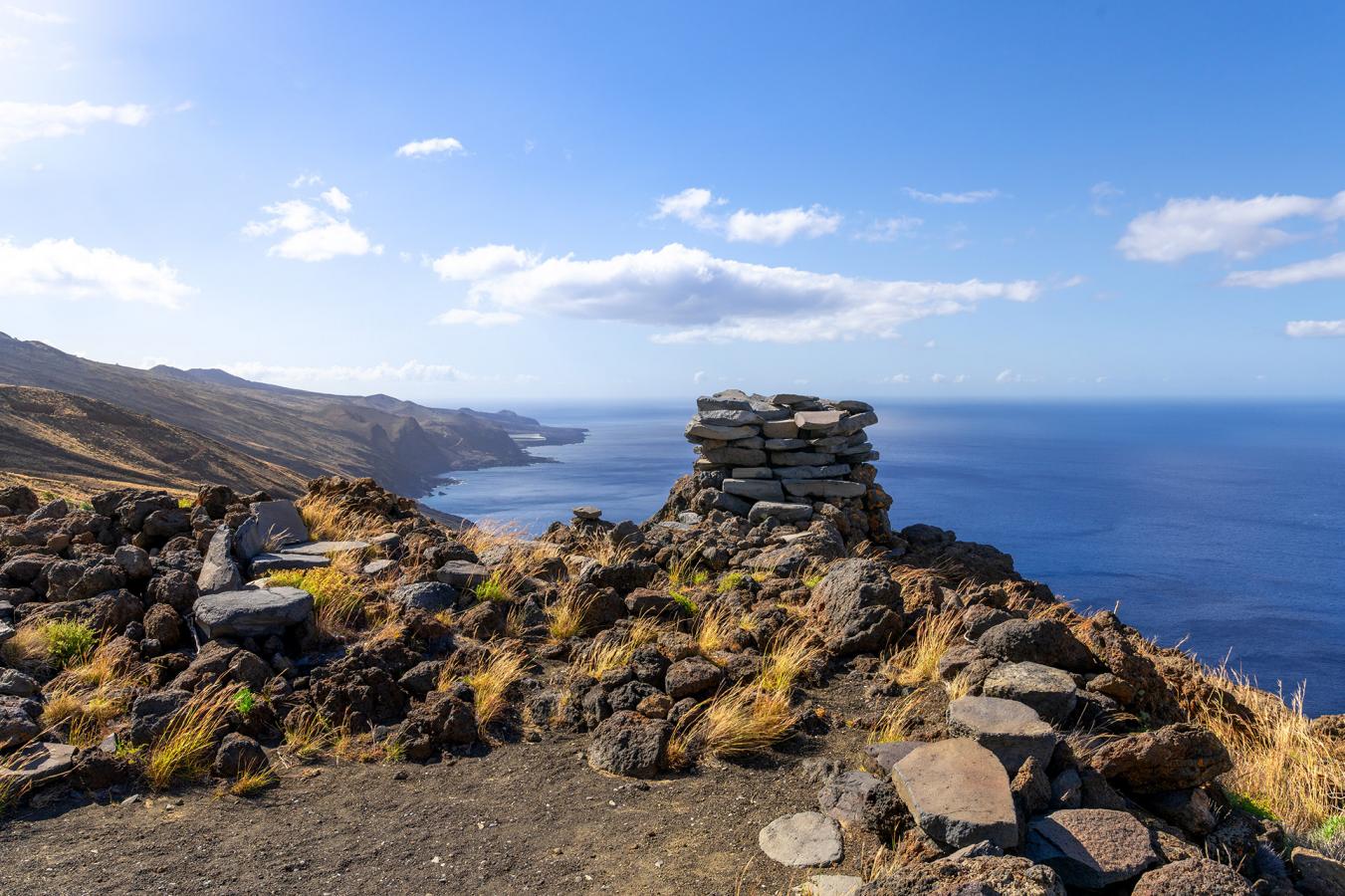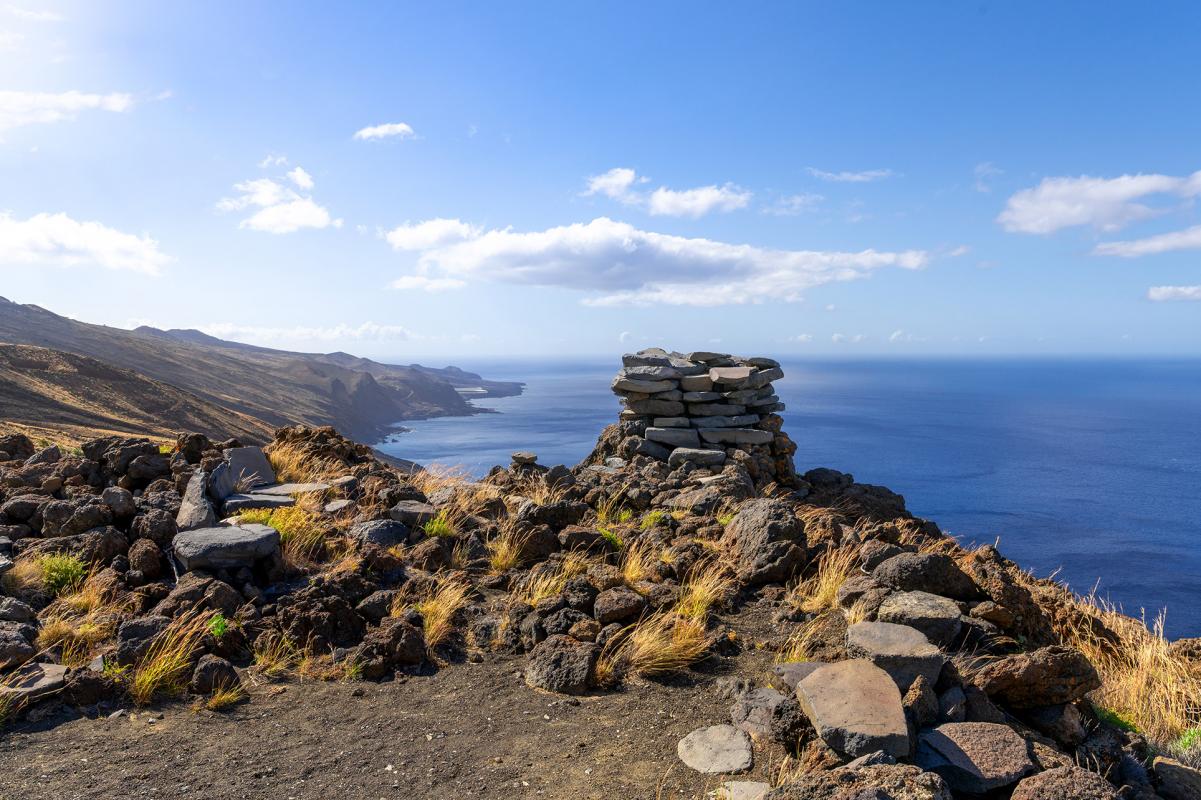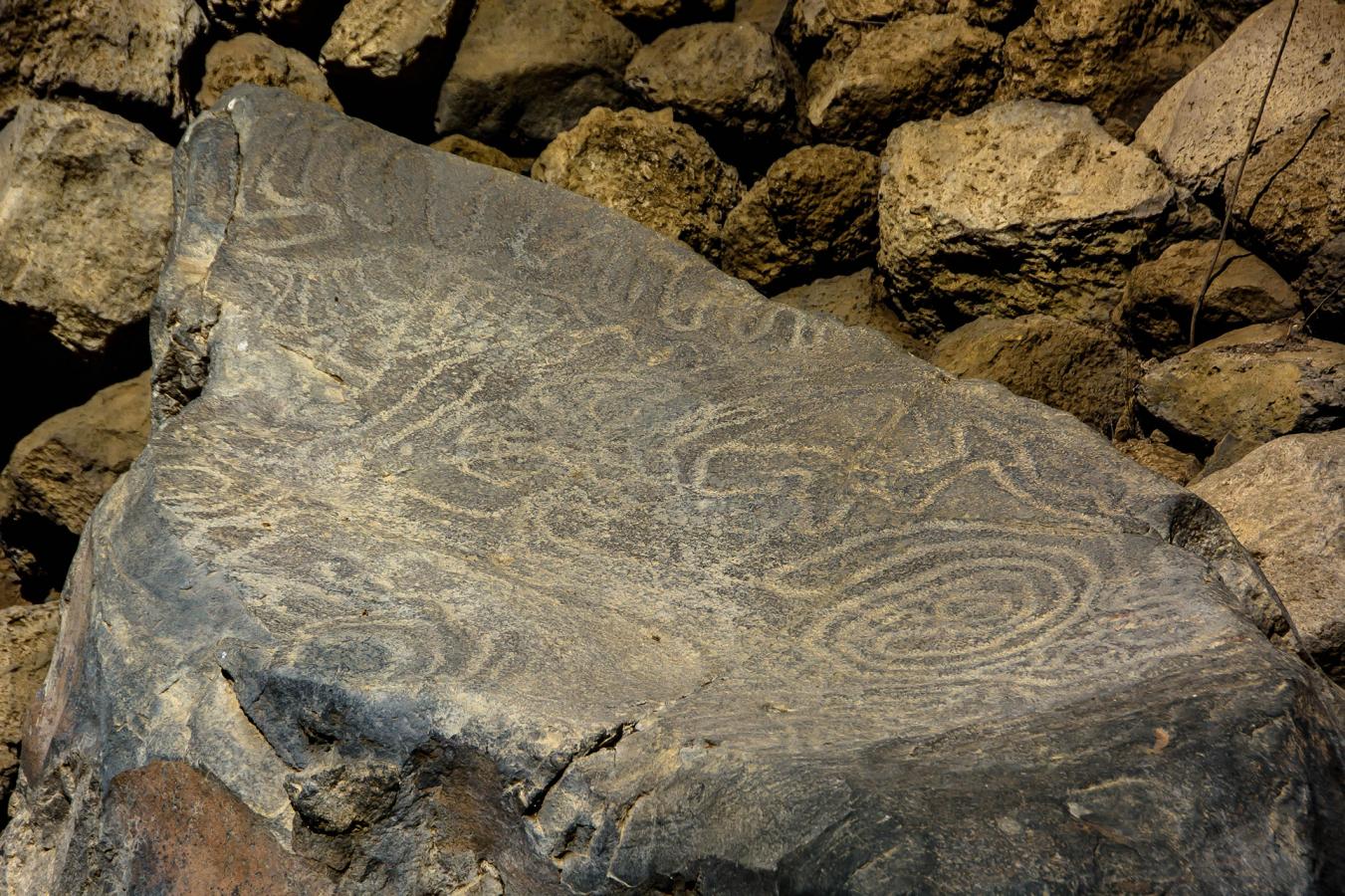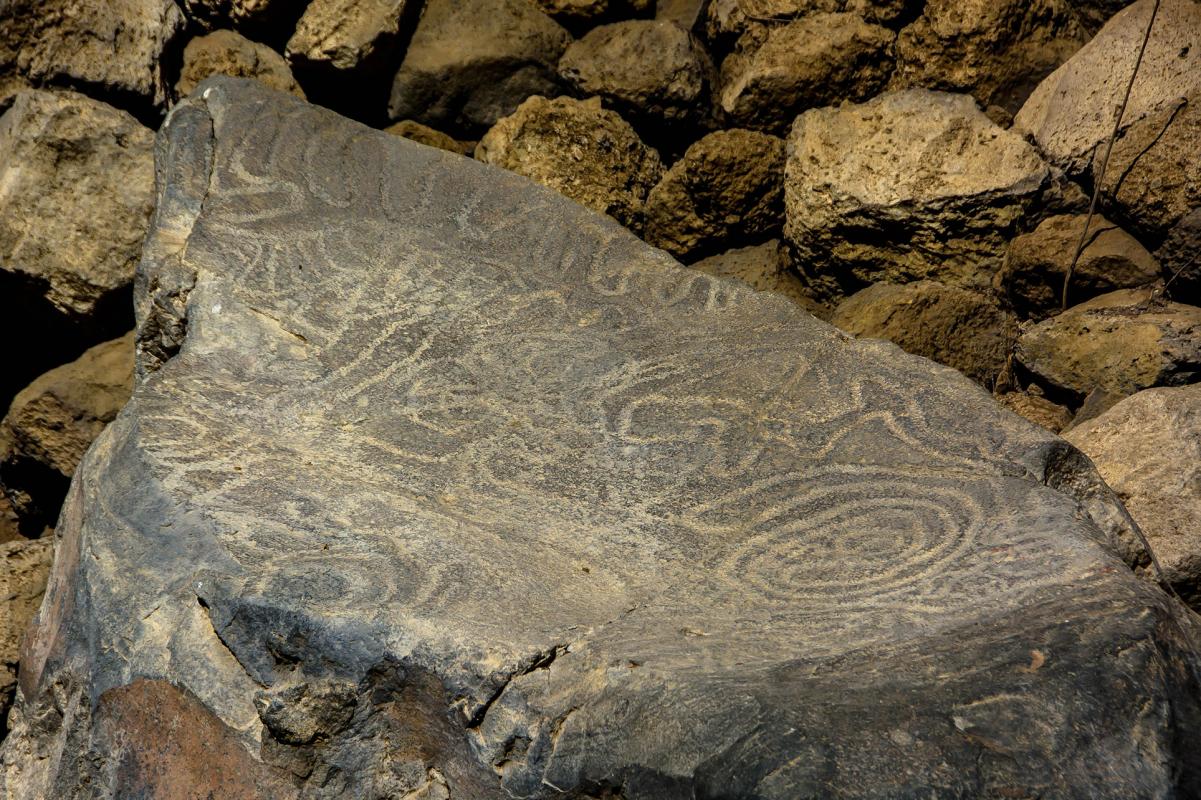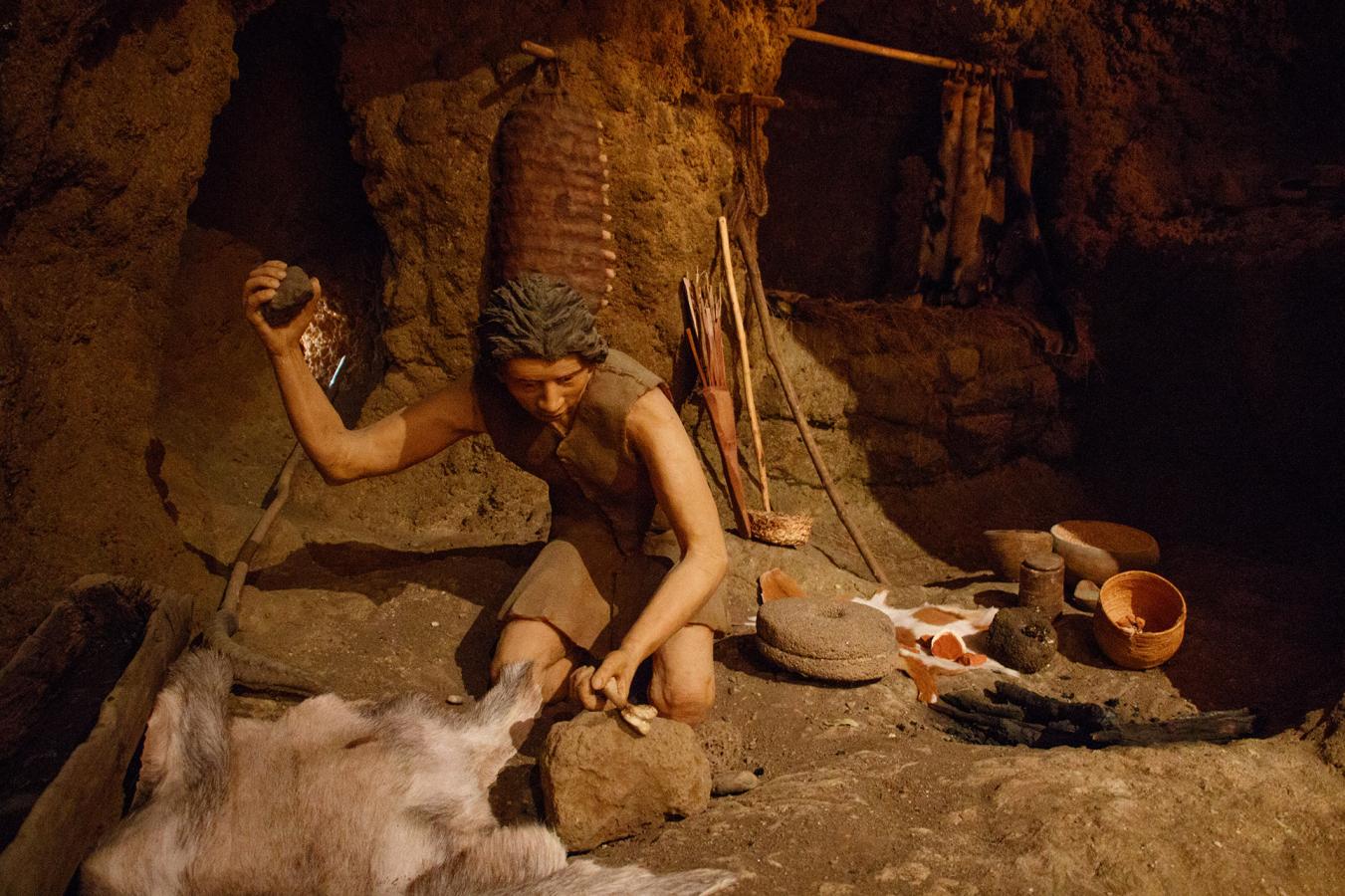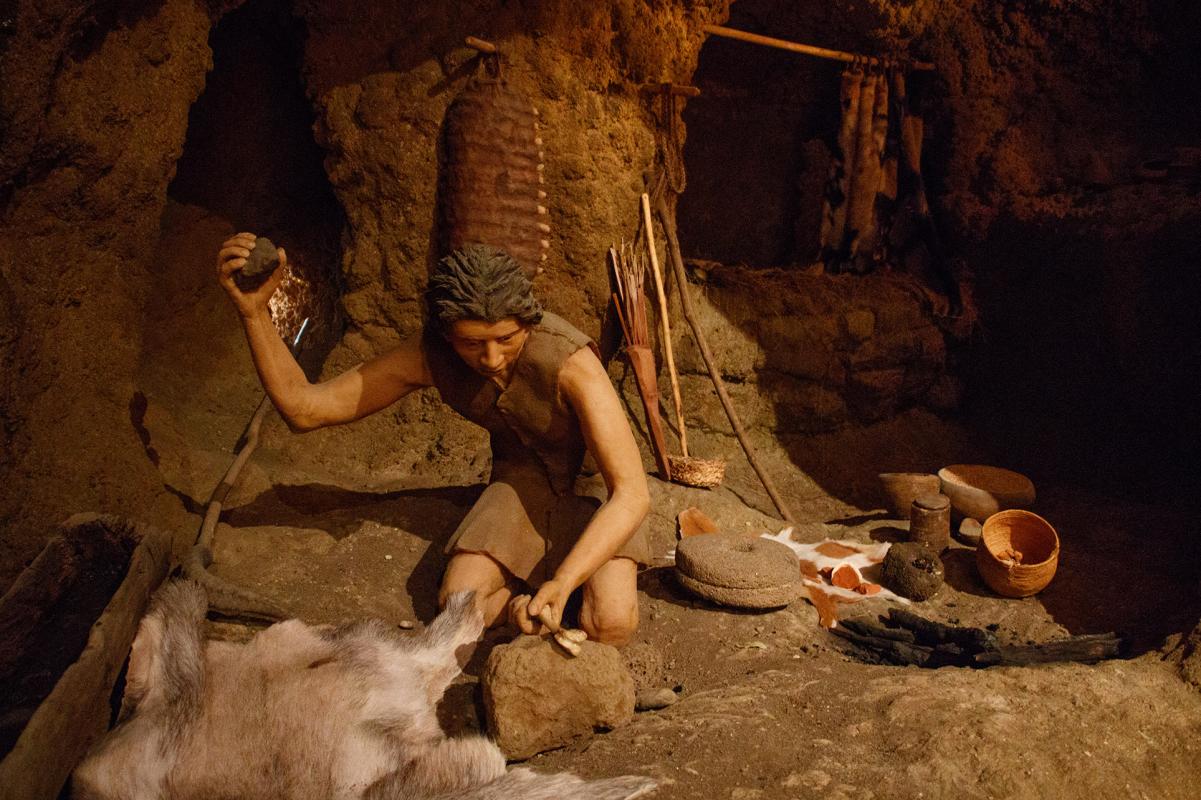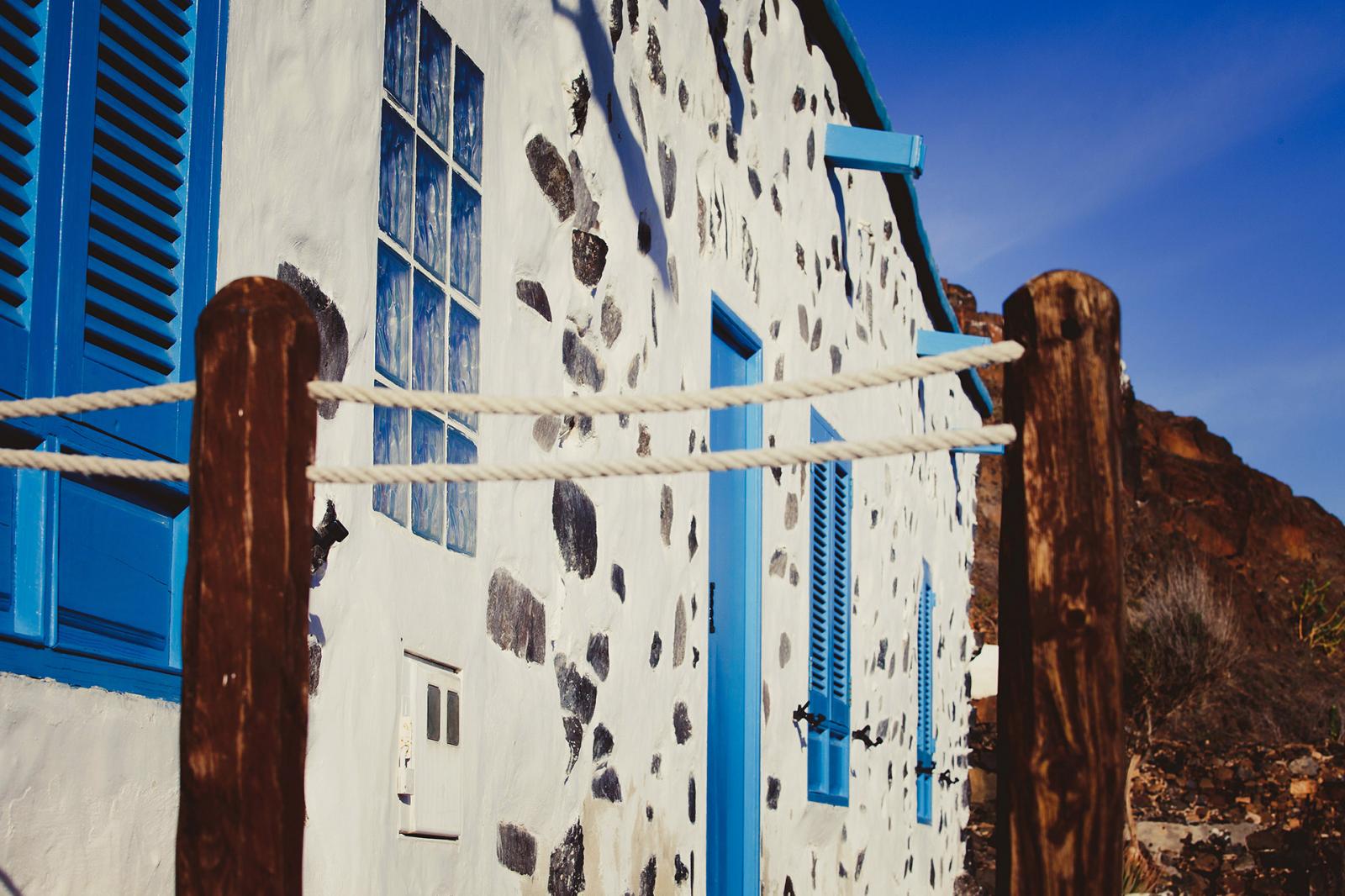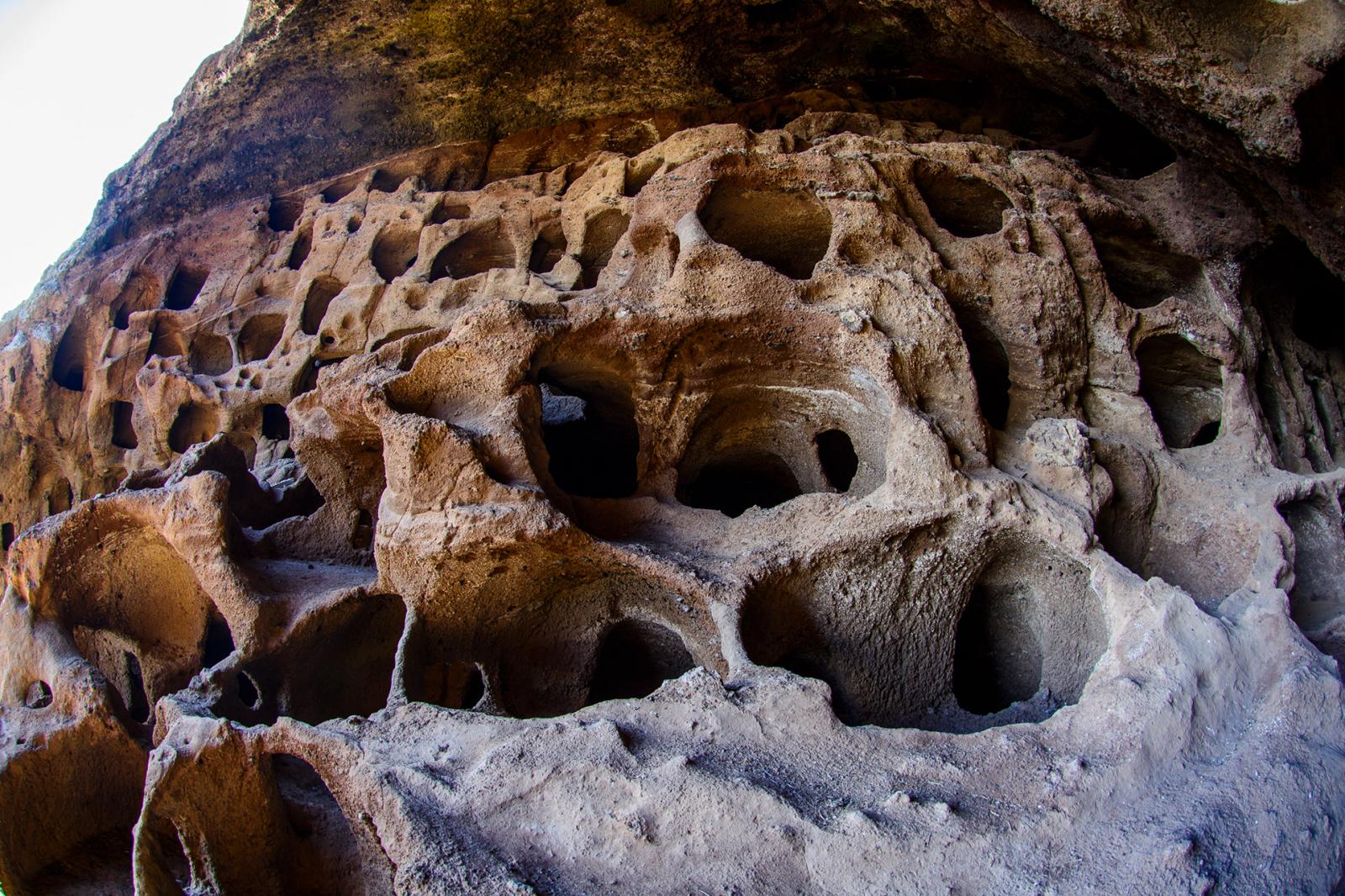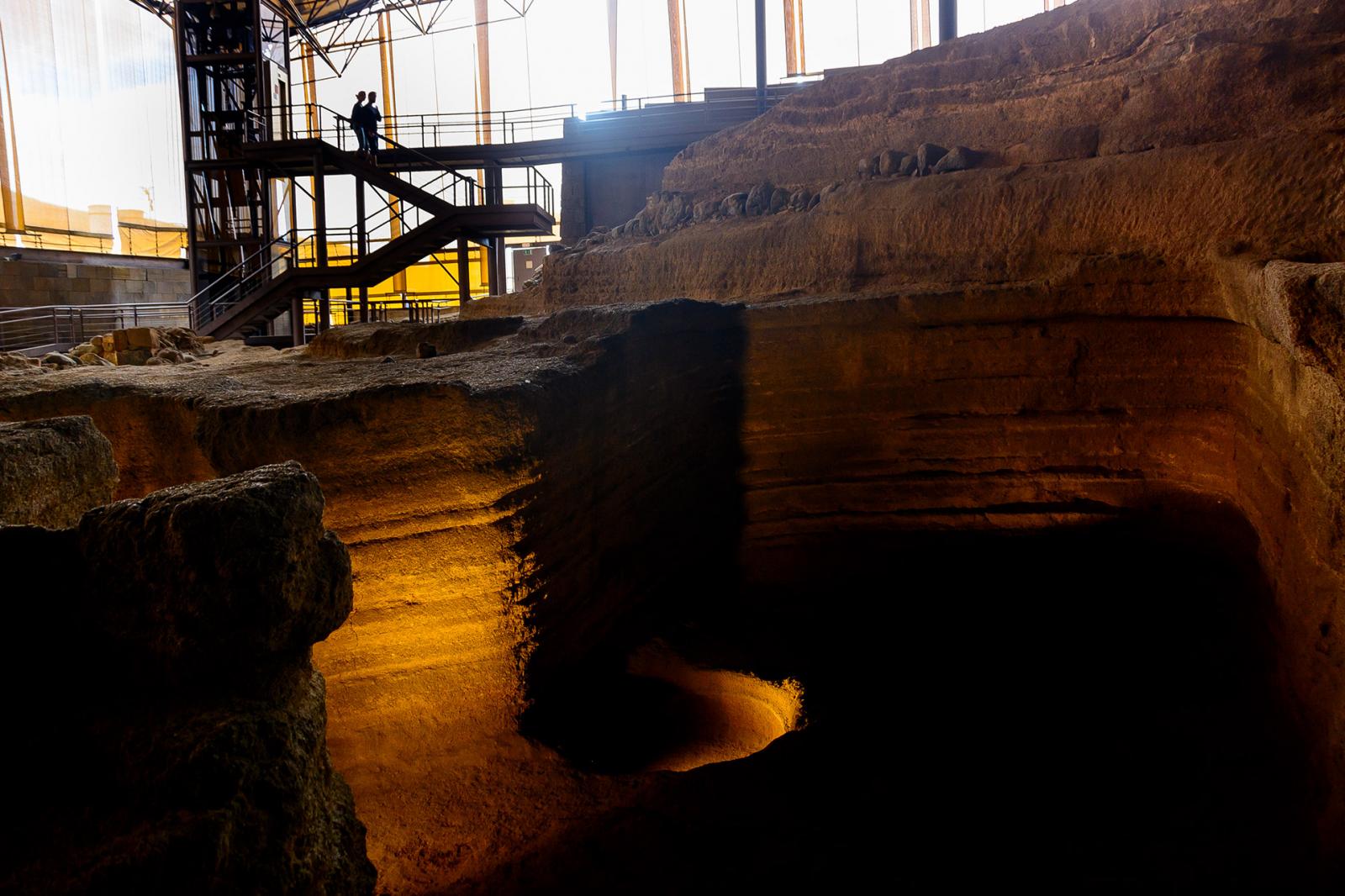The Canary Islands natives were different peoples of Berber origin who inhabited the islands until they were conquered by the Kingdom of Castile between the years 1402 and 1496. Although all of these peoples had common roots, each island had its own laws and customs, which frequently led to conflict between the settlers.
It is calculated that the first settlers arrived on the islands around the 5th century B.C., meaning that the natives lived in isolation on the archipelago for almost 2,000 years, creating their own culture and a lifestyle adapted to the wild, volcanic environment.
The native Canary Islanders
The native Canary Islanders were the only native people that inhabited the region of Macaronesia. Most of them lived in caves, although remains have been found of settlements in Lanzarote and Gran Canaria, with hunter-gatherer-based economies or, on rare occasions, agricultural ones. Regional animals like the goat or the sheep played a key role in subsistence, as they provided skins for clothing and bones for making tools, as well as cheese, butter and meat. The natives are an example of development in an extreme habitat that we can learn about today thanks to the legacy and archaeological remains that have been preserved.
Traces of the first islanders’ past
The Cenobio de Valerón archaeological site in Gran Canaria is an enormous collective granary that was used by the natives of Gran Canaria for storing cereals. The unit has more than 300 silos (caves) dug out of the soft rock and interconnected on various levels. You can visit them on your own, walking at your own pace around this prehistoric feat of engineering while you immerse yourself in the island’s cultural heritage or you can hire a guide and have them explain all of the secrets of the site.
Native art
The Painted Cave is one of the most important archaeological sites in the islands. It is made up of a hamlet surrounding a cave that has been dug out of the rock. To access it, you first have to cross a walkway that runs over the ruins of the ancient village, from where you can see how their old homes were organised and laid out. Once inside the cave, you can see the geometric symbols that decorate the walls, a clear example of the artistic representations of the era, which can be examined in detail, thanks to the glass dome protecting the entire chamber.
Mummies in the Canary Islands
Just like with other civilisations, Canary Islands natives also practiced the funeral rite of mummification. Several studies have shown that their technique and level of perfection was on a level with that of Egypt. Although this ritual was only common to the first settlers of Tenerife (guanches) and Gran Canaria (canarios), mummies are now considered one of the greatest remains of native islander culture.
You can see them up close if you visit the Museum of Nature and Archaeology in Tenerife, where up to 140 remains and 12 complete mummies are preserved, including the oldest in the island, which are more than 17 centuries old.
Highly present culture
Although the presence of native cultures has dwindled since the Castilian conquest of the islands in the 15th century, many investigative works and the cultural awareness of today’s world have contributed to native culture retaining a presence on all of the islands. In La Palma (where the ‘benahoaritas’ lived), we find the Cueva de Belmaco archaeological complex, with several different sites. And El Julan on El Hierro (the land of the ‘bimbaches’), the Archaeological Museum on La Gomera (which was home to the ‘gomeritas’), the Museo Canario in Gran Canaria (the ‘canarios’) and remains in Lanzarote and Fuerteventura (‘majos’) also have extensive heritage that will bring you closer to the distant past of the Canary Islands.
